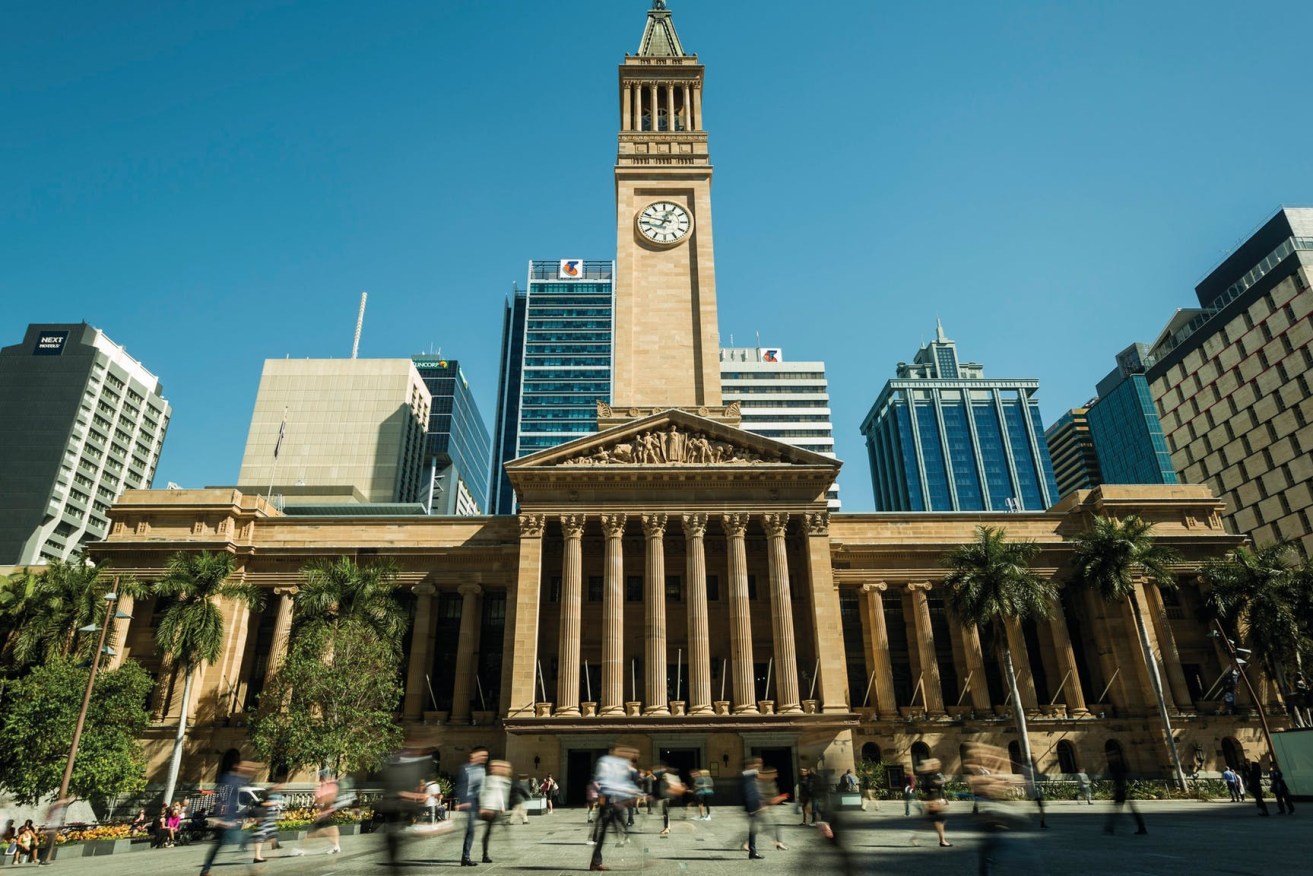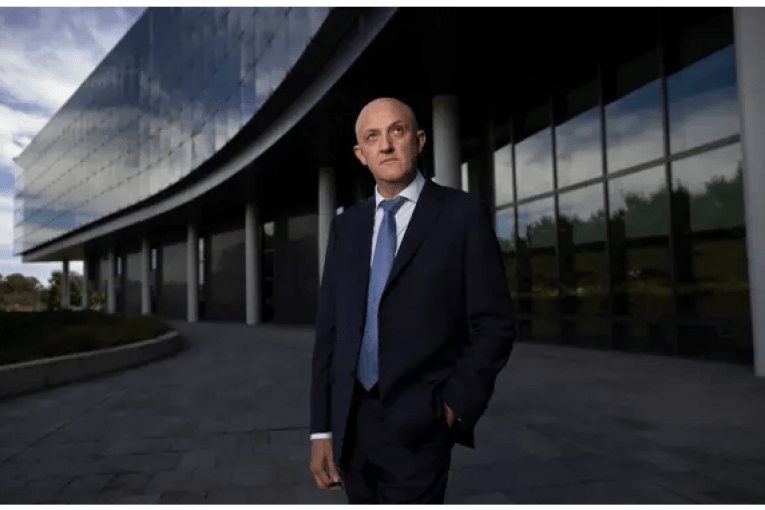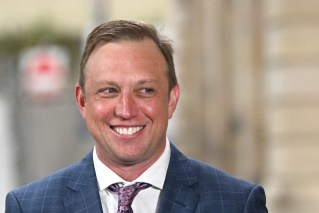Can’t we all just get on? A year of spinning wheels in local politics
If you want an image to describe the year that civic and regional development has just experienced, picture a vehicle with all the horsepower and lots of bells and whistles but helplessly spinning its wheels in the murk called COVID-19.


So complete was the pandemic’s dominance that there have been few achievements those responsible for Queensland’s development could point to that were not related to suppressing the spread of the virus or lessening its economic impact.
And that was despite the fact that elections this year gave the victors at the local and state government level emphatic mandates to guide Queenslanders through what is likely to be a tough couple of years.
But there were some signs in 2020 that the focus of government is changing, some of them for the better, some for the worse.
Take Brisbane City Council, where Lord Mayor Adrian Schrinner was elected in his own right to the job after taking over from his LNP colleague and long-time City Hall incumbent Graham Quirk in the previous term.
This year, Schrinner was able to step ahead from the Quirk years to put his own stamp on how he wanted the city to grow.
With the scrapping of Quirk’s folly, the Mount Coot-tha zipline, as one of his first announcements as Lord Mayor, Schrinner instead staked his future on a light green vision that included the repurposing of Victoria Park and plans for five new green bridges across the river.
Both of these projects made significant progress in 2020, with options for the bridges now open to public consultation and lots of pretty pictures doing the rounds showing how Victoria Park would be redeveloped.
By year’s end, he could point to the introduction of an e-bike share scheme next year as a smart response to Brisbane’s embrace of active transport as COVID made other modes of travel less attractive.
Less admirable was the petty squabbling with the Palaszczuk Government over integrating the council’s Brisbane Metro project with Cross River Rail.
It is a truism of Brisbane civic politics that the place goes well when City Hall and 1 William St get on well, regardless of party affiliation. Campbell Newman and Peter Beattie were from rival parties but good collaborators, less so Beattie and former lord mayor Jim Soorley, despite both being Labor.
One of the best things Schrinner could achieve for Brisbane in 2021 is to put political differences aside, foster some genuine co-operation between his council and the government and just get on with it, particularly when it comes to the city’s two major infrastructure projects – Cross River Rail and the Queen’s Wharf redevelopment.
By the time of the next local government elections it will be two decades since Brisbane had a Labor lord mayor, an eternity in the development of a city. For a start, the population has grown by 660,000 since 2004 and has an even more dominant part to play in the state’s economic future.
Labor’s efforts to take back City Hall have waxed and waned over the years. For many seasoned observers of local politics, they are reminiscent of the Liberal Party’s desultory attempts to grab power in the 1990s, with sometimes questionable choices of mayoral candidates whose mix of policy prescriptions lacked cut-through.
Campbell Newman showed that to become Brisbane lord mayor you have to start campaigning early, have boundless energy and self-belief and not let up until election day.
In the years before he finally made it to City Hall, no council media announcement was safe from Newman’s presence. He often button-holed journalists immediately after mayoral media conferences to press his case.
The lesson should be clear to Labor. The time to select a candidate for lord mayor is now, not 12 months out from the next election, so that he or she has time to build a profile, get under the current administration’s skin and generally convince Brisbane voters that it’s worth putting someone else in charge.
Away from Brisbane, the results of the 2020 local government elections showed voters would reward stability and competence rather than ambitious agendas or showy promises.
Fifteen mayors were seen to be doing such a good job that no one ran against them and they were elected unopposed. Overall, the turnover rate for mayors was significantly less than in previous elections.
Still, the turnover rate from term to term continues to be a worry for the sector. Such a high level of “churn” means there is little build up of corporate knowledge at the political level in Queensland councils.












